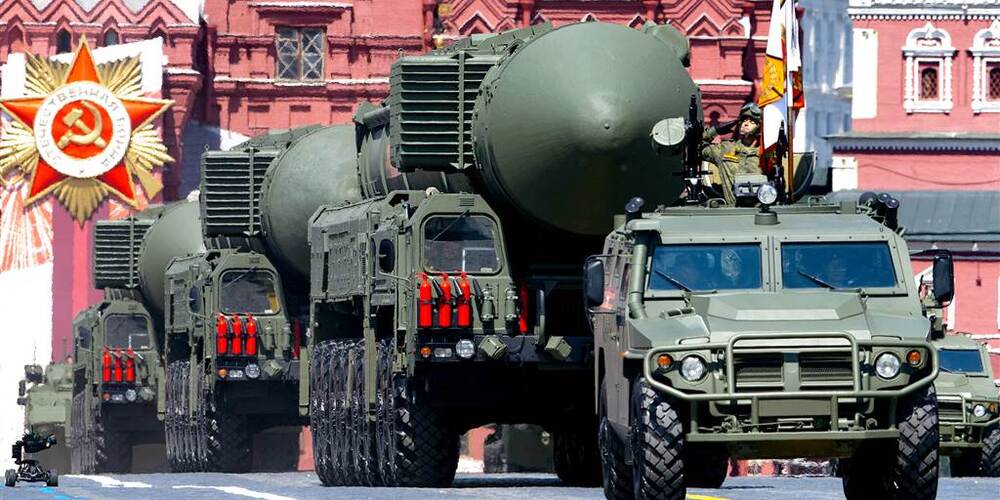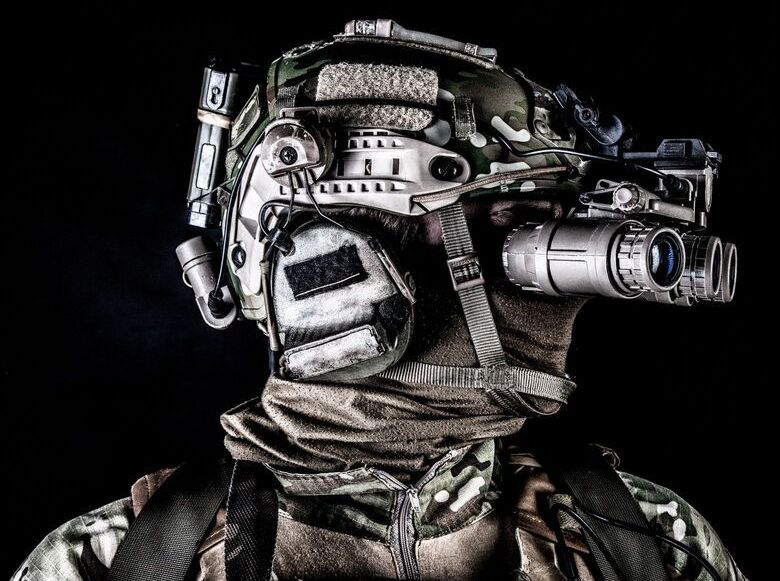Feb 6, 2021
Dr. Rachel Ramoni, Chief R&D Officer, U.S. Dept. of Veterans Affairs (VA) — Facilitating Innovation
Posted by Ira S. Pastor in categories: biotech/medical, health, military
Facilitating Novel Health-Tech and Bio-Medical Innovations For Over 9 Million Veterans — Dr. Rachel Ramoni, Chief of R&D, U.S. Department of Veterans Affairs.
Dr. Rachel Ramoni, is the Chief Research and Development Officer of the United States Department of Veterans Affairs (VA), where she oversees their nationwide research enterprise, encompassing some 2000 active projects, at more than 100 sites, with a total budget of $2 billion in both direct VA support, and research funding from outside entities such as the National Institutes of Health, other federal agencies, and nonprofit and private organizations.

















